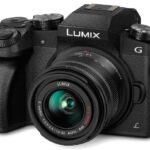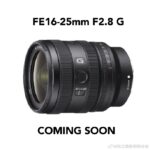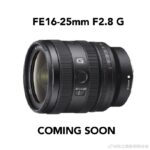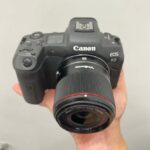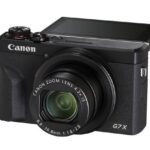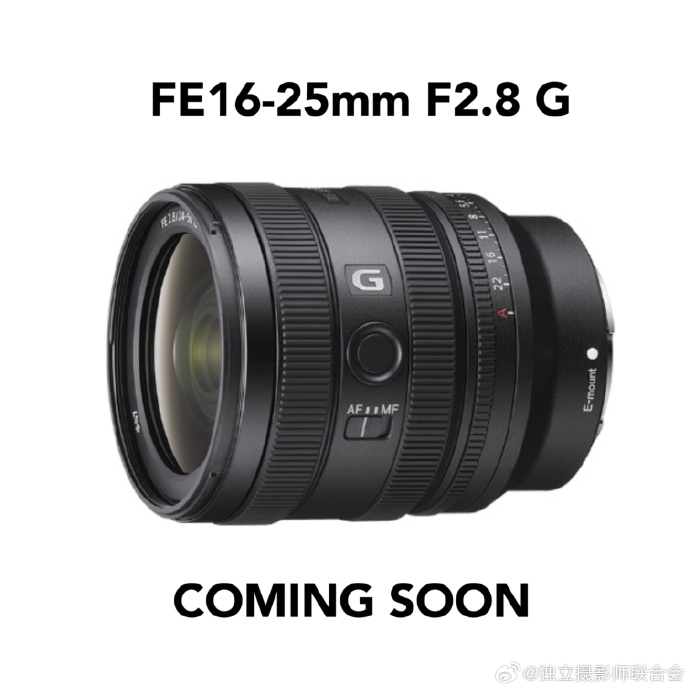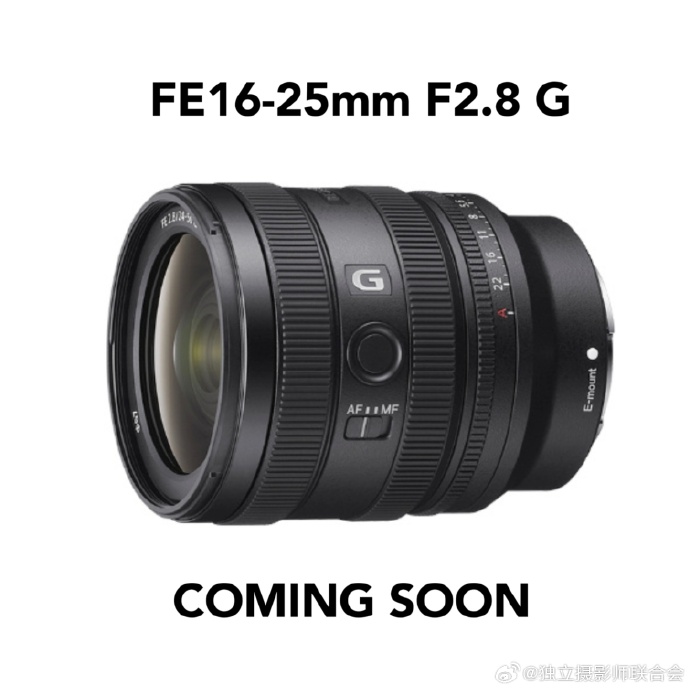In photography, the aperture is the opening in a camera lens that controls the amount of light that enters the camera. It is measured in f-stops, with a lower f-stop number indicating a larger aperture (more light) and a higher f-stop number indicating a smaller aperture (less light). The aperture also affects the depth of field in an image, with a larger aperture (smaller f-stop number) creating a shallow depth of field and a smaller aperture (larger f-stop number) creating a deeper depth of field. The aperture is one of the three elements in the exposure triangle, the other two being shutter speed and ISO. Together, these three elements determine the overall exposure of a photograph.
- Where is the Aperture ? in the Lens or in Camera?
- Does aperture determine lens quality?
- What is F-Stop in Aperture?
- Exposure and Aperture
- Aperture and Depth of Field
- Bokeh vs Depth of Field – Are both Same or Different?
- Difference between F-Stop and F-Number?
- What is Max (Large) Aperture or Min (Small) Aperture
- How Aperture and Shutter Speed Connected to Each Other ?
- How Aperture and ISO Speed are connected to each other ?
- How to Set Aperture on Canon, Nikon, and Sony Cameras?
- Recommended Aperture Settings for Photographers
- Aperture relation with Diffraction of Lens
- How aperture controls lens aberrations?
- How to Calculate the Sweet Spot of Any Lens?
- Aperture – Conclusion
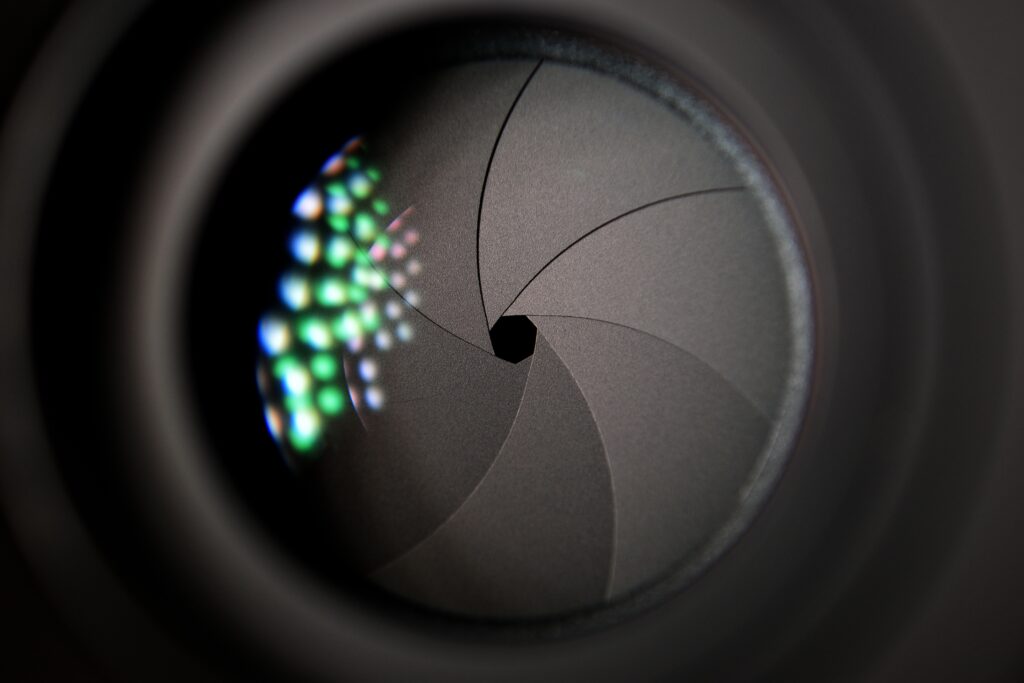
Where is the Aperture ? in the Lens or in Camera?
if aperture inside our camera or lens? of a Mirrorless camera, Yes, the aperture is a physical component of a camera lens, including mirrorless camera lenses. The aperture is typically made up of a series of metal blades that can be adjusted to change the size of the aperture opening. When you change the aperture setting on your camera, you are adjusting the position of these blades to let more or less light into the lens. In a mirrorless camera, the aperture is controlled by the camera body and it can be adjusted through the camera’s controls or through the lens itself if it has aperture rings. It is important to note that the aperture value is also expressed as a ratio, such as f/1.8 or f/5.6, with the number after the “f/” representing the aperture value.
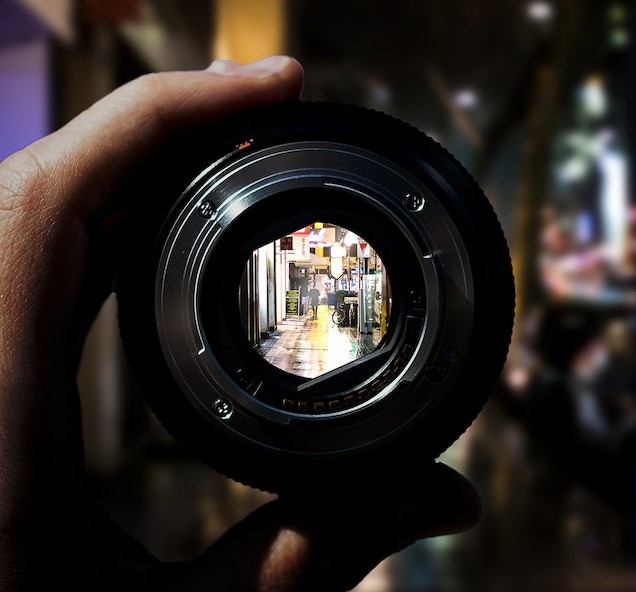
Does aperture determine lens quality?
It’s true that better lenses tend to have wider apertures. A lens with a wide aperture (low f-stop number) can allow more light to enter the camera, which can be beneficial in low-light conditions and can also produce a shallow depth of field. However, having a wider aperture doesn’t necessarily make a lens “better”. A wide aperture lens will have more elements inside the lens, which can introduce more distortion and aberrations, which can affect image quality. Additionally, a wide aperture lens will also be larger and heavier, which can be less convenient for some photographers.
A “better” lens is one that can produce high-quality images consistently across a wide range of situations, and that takes into account many factors such as sharpness, distortion, chromatic aberrations, and vignetting. A lens that has a wide aperture is just one of the characteristics that can contribute to a “better” lens, but it is not the only one.
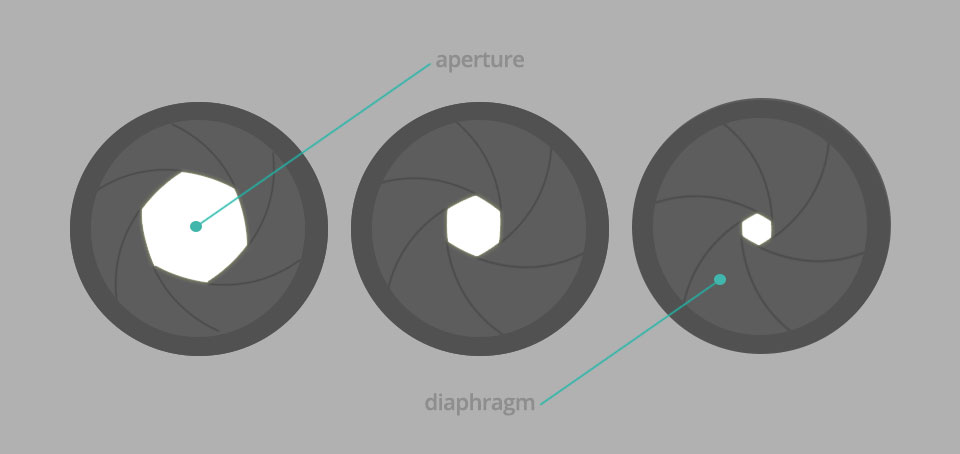
What is F-Stop in Aperture?
An aperture stop, also known as an aperture diaphragm, is a device found in a camera lens that controls the amount of light that enters the camera. It works by adjusting the size of the aperture, which is the opening in the lens that allows light to pass through. The aperture is measured in f-stops, and the aperture stop is the mechanism that controls the f-stop.
The aperture stop is typically a set of metal blades that can be adjusted to change the size of the aperture. As the aperture is made smaller (by adjusting the aperture stop to a higher f-stop number), less light is able to enter the camera. Conversely, as the aperture is made larger (by adjusting the aperture stop to a lower f-stop number), more light is able to enter the camera.
The aperture stop also affects the depth of field in a photograph. A smaller aperture (higher f-stop number) will result in a greater depth of field, meaning that more of the image will be in focus. A larger aperture (lower f-stop number) will result in a shallower depth of field, meaning that less of the image will be in focus.
Exposure and Aperture
Aperture and exposure are closely related, as aperture controls the amount of light that enters the camera and exposure refers to the amount of light captured by the camera’s sensor.
Aperture size is measured in f-stops, and is inversely proportional to the amount of light that enters the camera: the larger the aperture (smaller f-stop number), the more light that enters the camera; the smaller the aperture (larger f-stop number), the less light that enters the camera.
When you increase the aperture size, you decrease the f-stop number, which increases the amount of light that enters the camera. This will also decrease the depth of field (the area of the image that appears in focus). When you decrease the aperture size, you increase the f-stop number, which decreases the amount of light that enters the camera. This will also increase the depth of field.
Exposure is controlled by adjusting the aperture in conjunction with the shutter speed and ISO. Aperture controls the amount of light that enters the camera, while shutter speed controls the duration of time that the sensor is exposed to light, and ISO controls the sensitivity of the sensor. By adjusting these three settings, you can achieve the correct exposure for a given scene.
In short, aperture controls the amount of light entering the camera, and affects the depth of field, while exposure is the total amount of light captured by the camera sensor, controlled by adjusting aperture, shutter speed and ISO.

Aperture and Depth of Field
The aperture, or f-stop, controls the amount of light that enters a camera’s lens. It also controls the depth of field, which is the area of an image that is in sharp focus. A smaller aperture (larger f-stop number) results in a larger depth of field, while a larger aperture (smaller f-stop number) results in a shallower depth of field. This is because a smaller aperture allows less light to enter the camera, which requires a slower shutter speed and a greater depth of field to compensate. A larger aperture allows more light to enter the camera, which can be used with a faster shutter speed and a shallower depth of field to achieve a specific effect in the photograph.
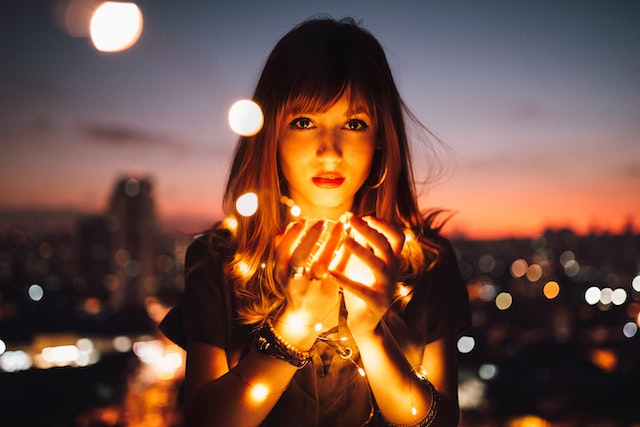
Bokeh vs Depth of Field – Are both Same or Different?
Bokeh and depth of field are related, but they are not the same. Depth of field (DOF) is the distance between the nearest and farthest objects in a photograph that appear to be in focus. A large depth of field means that more of the image is in focus, while a shallow depth of field means that less of the image is in focus.
Bokeh, on the other hand, refers to the aesthetic quality of the out-of-focus areas in a photograph. Bokeh is often used to describe the pleasing, soft look of the out-of-focus areas in a photograph, particularly in portraits and other types of photographs where the subject is in sharp focus and the background is blurred.
A shallow depth of field can create a more pronounced bokeh effect in the out-of-focus areas of the image, but bokeh is not the same thing as depth of field. Depth of field is a measure of how much of an image is in focus, while bokeh is a measure of the aesthetic quality of the out-of-focus areas in an image.
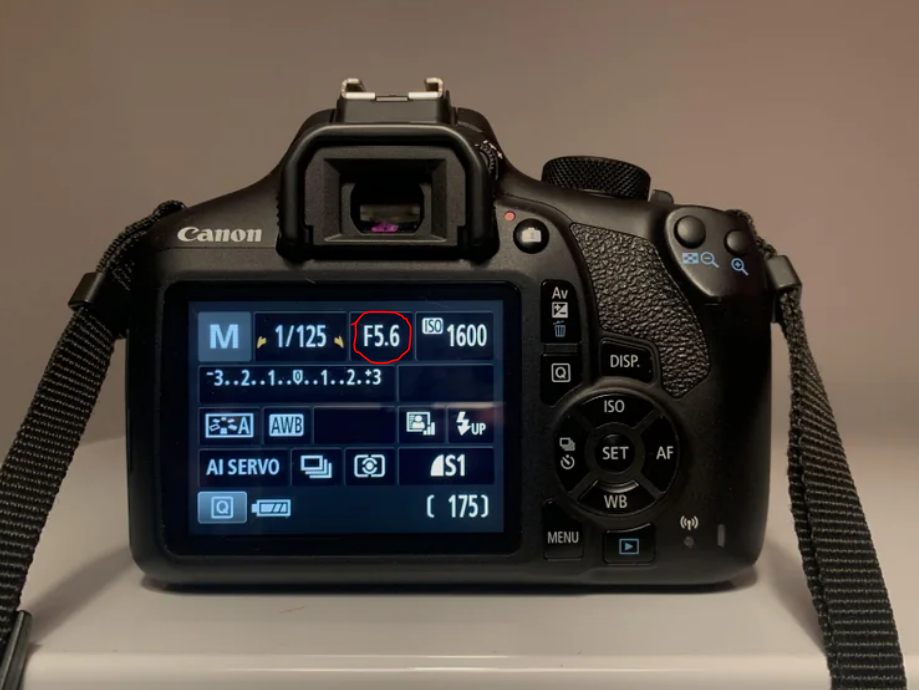
Difference between F-Stop and F-Number?
F-stop and f-number are terms that are often used interchangeably when referring to the aperture of a camera lens. The aperture is the adjustable opening in a camera lens that controls the amount of light that reaches the camera’s sensor.
An F-stop is a measurement of the aperture’s size. It is the ratio of the lens’s focal length to the diameter of the aperture. For example, an F-stop of f/8 means that the aperture is one-eighth the size of the lens’s focal length.
F-number is the number that is written on the aperture setting on the camera, it is the ratio of the lens’s focal length to the aperture diameter. The f-number is used to indicate the aperture setting on a camera, and it tells you how much light is being let in. The lower the f-number, the wider the aperture, and the more light that is allowed to enter the camera. The higher the f-number, the narrower the aperture and less light enters the camera.
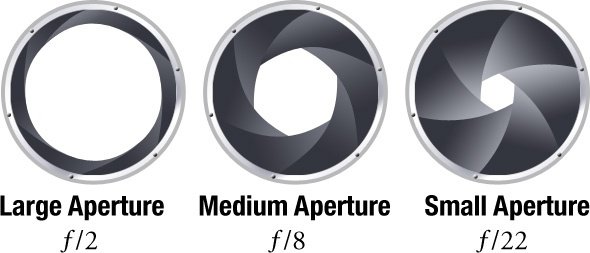
What is Max (Large) Aperture or Min (Small) Aperture
Max aperture or Large Aperture refers to the largest aperture that a lens can open to. For example, if a lens has a max aperture of f/1.4, it means that the lens can open as wide as f/1.4, allowing for a lot of light to pass through. This is useful for low-light photography or for creating a shallow depth of field (where the subject is in focus but the background is blurred).
Min aperture or Smaller Aperture, also known as the smallest aperture or the lens’s “stop down” limit, refers to the smallest aperture that a lens can close to. For example, if a lens has a min aperture of f/22, it means that the lens can close down as small as f/22, which allows for a greater depth of field (more of the image will be in focus). This is useful for landscape photography or other situations where you want more of the image in focus.
For example, A lens with a aperture range of f/1.4 – f/16 have max aperture of f/1.4 and min aperture of f/16.
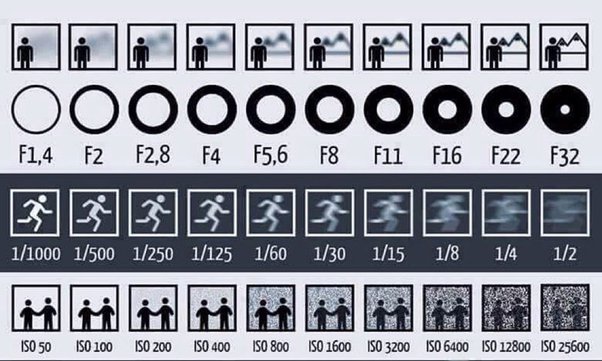
How Aperture and Shutter Speed Connected to Each Other ?
When taking a photograph, the aperture and shutter speed are used together to control the exposure of the image. A larger aperture and faster shutter speed will result in a brighter image, while a smaller aperture and slower shutter speed will result in a darker image. Photographers will often adjust these settings depending on the lighting conditions and the desired effect they want to achieve in the final image.
For example, If you are taking a photo in low light, you might use a large aperture (e.g. f/1.4) to allow more light to enter the camera and a slower shutter speed (e.g. 1/30th of a second) to ensure that enough light reaches the sensor. On the other hand, if you are taking a photo of a fast-moving object, you might use a smaller aperture (e.g. f/16) to increase the depth of field and a faster shutter speed (e.g. 1/1000th of a second) to freeze the motion of the object.
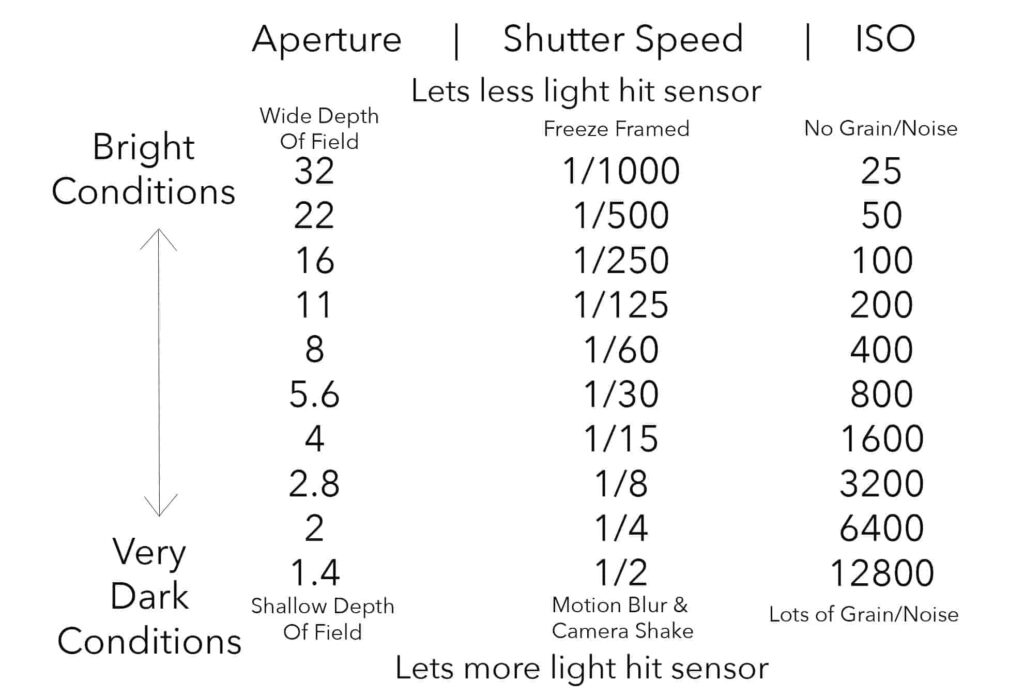
How Aperture and ISO Speed are connected to each other ?
Aperture and ISO speed are both important factors in photography that work together to control the exposure of an image.
Aperture, as discussed earlier, controls the size of the opening in the lens that allows light to pass through. It is measured in f-stop numbers and it also affects the depth of field in an image. A larger aperture (e.g. f/1.4) allows more light to enter the camera, while a smaller aperture (e.g. f/22) allows less light to enter the camera.
ISO speed, on the other hand, controls the sensitivity of the camera’s sensor to light. A higher ISO speed (e.g. ISO 3200) means that the sensor is more sensitive to light and requires less light to make an exposure, while a lower ISO speed (e.g. ISO 100) means that the sensor is less sensitive to light and requires more light to make an exposure.
When taking a photograph, aperture and ISO speed are used together to control the exposure of the image. A larger aperture and a lower ISO speed will result in a brighter image, while a smaller aperture and a higher ISO speed will result in a darker image.
For example, if you are taking a photo in low light, you might use a large aperture (e.g. f/1.4) to allow more light to enter the camera and a high ISO speed (e.g. ISO 3200) to increase the sensitivity of the sensor to the available light. This way, you can maintain a fast shutter speed to prevent motion blur. On the other hand, if you are taking a photo in bright light, you might use a smaller aperture (e.g. f/16) to increase the depth of field and a lower ISO speed (e.g. ISO 100) to decrease the sensitivity of the sensor. This way you can use a slower shutter speed without overexposing the image.
How to Set Aperture on Canon, Nikon, and Sony Cameras?
The process for setting the aperture on a Canon, Nikon, and Sony camera may vary slightly depending on the specific model of camera, but in general, the process is similar. Below are the general steps for setting the aperture on each brand of camera:
Locate the aperture control on the camera. On most Canon cameras, the aperture control is a dial on the top of the camera, typically labeled with
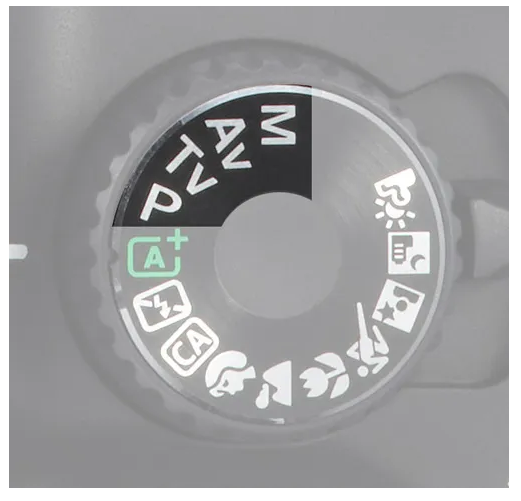
Canon – “AV” for aperture priority mode.
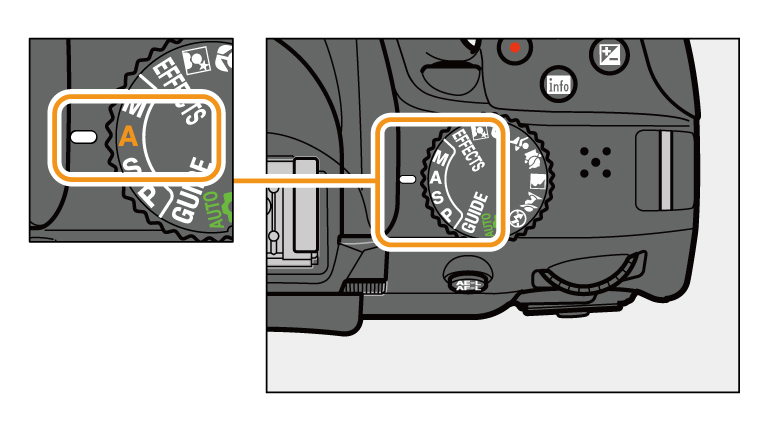
Nikon – “A” for aperture priority mode.

Sony – “A” for aperture priority mode.
Turn the aperture control dial to set the desired aperture. The aperture will be displayed on the camera’s LCD screen or in the viewfinder.
It’s important to note that some cameras have a button which needs to be pressed while turning the control dial to adjust the aperture. Always refer to the camera manual to ensure the correct process.
In all the above steps, you can also adjust the aperture using the camera’s menu or by using the camera’s control wheel if your camera has one.
Once you have set the aperture, you should adjust the shutter speed or ISO to achieve the correct exposure for your image. It’s important to practice and experiment with different aperture, shutter speed, and ISO settings to get a feel for how they work together and to understand the effect they have on your images.
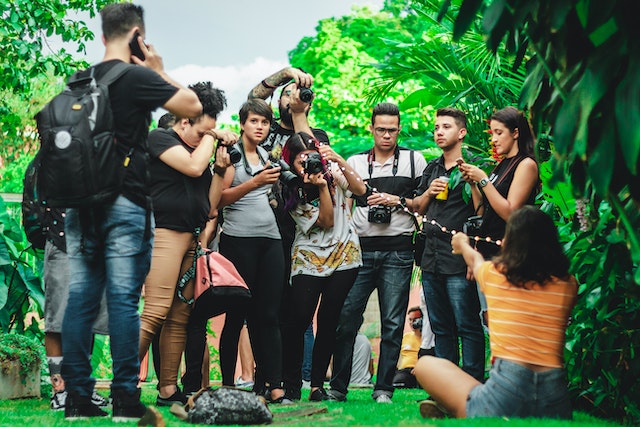
Recommended Aperture Settings for Photographers
Different photography situations may require different aperture settings to achieve the desired results. Below are some common photography situations and recommended aperture settings:
- Portrait photography: In portrait photography, a shallow depth of field is often desired to create a sense of separation between the subject and the background. A large aperture (e.g. f/1.4, f/2) is recommended to achieve this effect.
- Landscape photography: In landscape photography, a greater depth of field is often desired to keep more of the image in focus. A small aperture (e.g. f/16, f/22) is recommended to achieve this effect.
- Low-light photography: In low-light photography, a large aperture is often desired to allow more light to enter the camera. A large aperture (e.g. f/1.4, f/2) is recommended to achieve this effect.
- Sports and action photography: In sports and action photography, a fast shutter speed is often desired to freeze the motion of the subject. A larger aperture (e.g. f/2.8, f/4) is recommended to achieve this effect.
- Macro photography: In macro photography, a small aperture is often desired to increase the depth of field and keep more of the subject in focus. A small aperture (e.g. f/16, f/22) is recommended to achieve this effect.
- Astrophotography: In Astrophotography, a small aperture is often desired to have more stars in focus. A small aperture (e.g. f/4, f/5.6) is recommended to achieve this effect.
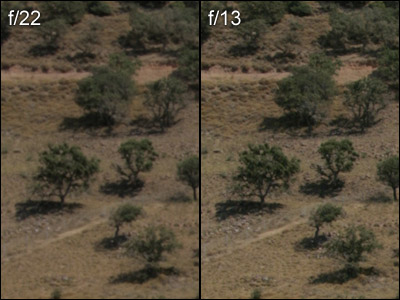
Aperture relation with Diffraction of Lens
Diffraction is an optical effect that occurs when light passes through a small aperture, such as the aperture of a camera lens. As the aperture becomes smaller, the light passing through it begins to spread out, causing the edges of the image to become softer and less defined. This effect is known as diffraction and it can have a negative impact on the overall sharpness and quality of the image.
Aperture and diffraction have an inverse relationship, which means that as the aperture becomes smaller, the effect of diffraction becomes greater. Lenses with a larger aperture (e.g. f/1.4, f/2) will have less diffraction than lenses with a smaller aperture (e.g. f/16, f/22). This is because the larger aperture allows more light to enter the lens and reduces the amount of spreading that occurs as the light passes through the aperture.
The relationship between aperture and diffraction is important to understand when taking photographs, especially when working with small apertures. While a smaller aperture may be desirable for certain types of photography, such as landscape or macro photography, it can also result in the loss of sharpness and definition due to diffraction. To minimize the effect of diffraction, it is generally recommended to use the largest aperture possible while still achieving the desired depth of field.
It’s important to note that, the effect of diffraction also depend on the physical characteristics of lens design and the sensor resolution of the camera. Some lenses have better performance at smaller apertures, and high resolution sensors can also help in reducing the effect of diffraction.
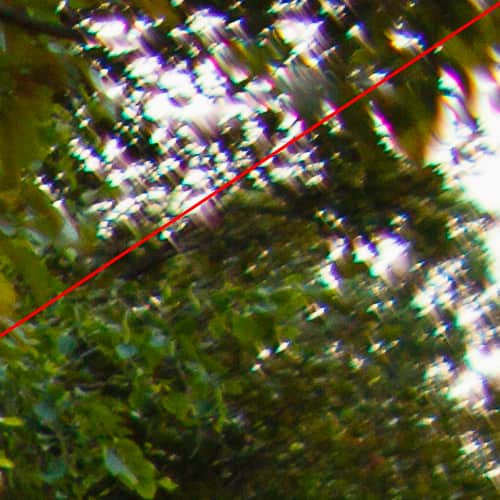
How aperture controls lens aberrations?
Aperture controls lens aberrations by adjusting the amount of light that enters the lens and by adjusting the depth of field in an image. By adjsuting the aperture, photographers can improve the sharpness and clarity of their images by reducing lens aberrations.
By controlling the amount of light that enters the lens, aperture can help to reduce certain types of lens aberrations. For example, by decreasing the amount of light that enters the lens, aperture can help to reduce chromatic aberration, which occurs when different colors of light are focused at different points, resulting in a colored fringe around the edges of an object.
Second, aperture controls the depth of field in an image by adjusting the size of the aperture. The depth of field is the area in focus in an image, and it can be made larger or smaller by adjusting the aperture size. As the aperture size increases, the depth of field decreases, which can make it difficult to keep both the foreground and background in focus. This is the reason why a large aperture leads to a shallow depth of field and a small aperture leads to a deep depth of field.
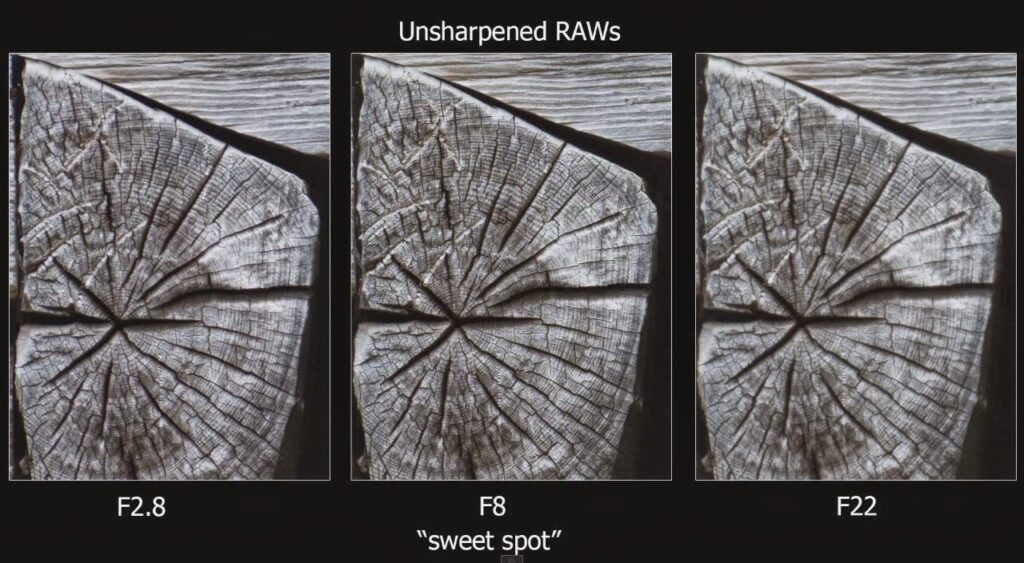
How to Calculate the Sweet Spot of Any Lens?
The “sweet spot” of a lens aperture refers to the aperture setting at which the lens is able to produce the sharpest and most detailed images. It is the aperture at which the lens performs optimally, minimizing both the effects of diffraction and lens aberrations.
To calculate the sweet spot of a lens, you can perform a lens test. This can be done by taking a series of photos of a test chart or other high-contrast subject at different aperture settings and then examining the images to determine which aperture produced the sharpest results.
One of the most common ways to do this is to take a series of images starting at the lens’s maximum aperture and then stopping down one stop (f/1.4, f/2, f/2.8, etc.) at a time until you reach the lens’s minimum aperture. Then, you can examine the images at 100% magnification in your image editing software and compare the sharpness and detail in the images. The aperture setting at which the image appears to be the sharpest is likely the sweet spot of the lens.
It is worth noting that, the sweet spot aperture can vary depending on the lens and the situation, for example, some lenses have better performance at smaller apertures and other have better performance at larger aperture.
- The sweet spot of a Canon 50mm f/1.8 lens is at f/5.6 or f/8 aperture.
- The Sony 16-50mm kit zoom lens, the sweet spot varies with Zoom since its a variable aperture zoom lens. as you zoom in or out, the sweet spot can change. At the wide end (16mm), the sweet spot may be found at a larger aperture such as f/5.6 and at the telephoto end (50mm) it may be found at a smaller aperture such as f/11.
- Tamron 17-70mm f/2.8 lens, the sweet spot is often found around the f/8 aperture.
- Sigma 56mm f/1.4 lens, the sweet spot is at f/5.6
Aperture – Conclusion
Aperture is a fundamental aspect of photography that controls the amount of light that enters the lens and also affects the depth of field in an image. It is the adjustable opening in the lens that can be made larger or smaller to allow more or less light to enter the lens. Aperture is measured in f-stops and is often represented by a number such as f/1.4 or f/16. The aperture setting can be changed to control the amount of light that enters the lens, which in turn affects the exposure of the image.
One of the most important characteristics of aperture is its ability to control depth of field. Aperture controls the depth of field by adjusting the size of the aperture. A larger aperture (smaller f-stop number) creates a shallow depth of field, which means that less of the image is in focus, while a smaller aperture (larger f-stop number) creates a deeper depth of field, which means that more of the image is in focus. This is why a large aperture is often used to create a shallow depth of field and a pleasing bokeh effect to emphasize the subject and de-emphasize the background, and a small aperture is used for landscape photography to have a deep depth of field.
Aperture also affects other types of lens aberrations such as spherical aberration and chromatic aberration. Spherical aberration occurs when light passing through the edges of a lens focuses at a different point than light passing through the center, aperture can help to reduce spherical aberration by allowing less light to pass through the edges of the lens. Chromatic aberration is caused by the lens being unable to focus all colors to the same point. Aperture can help to reduce chromatic aberration by decreasing the amount of light that enters the lens and by using a smaller aperture to increase the depth of field.
If we summarize everything then, Aperture is an adjustable opening in the lens that controls the amount of light that enters the lens, and it is measured in f-stops. Aperture controls the depth of field and helps to reduce lens aberrations such as spherical aberration and chromatic aberration. Aperture is a fundamental aspect of photography, and it plays a crucial role in achieving the desired effect in an image.

